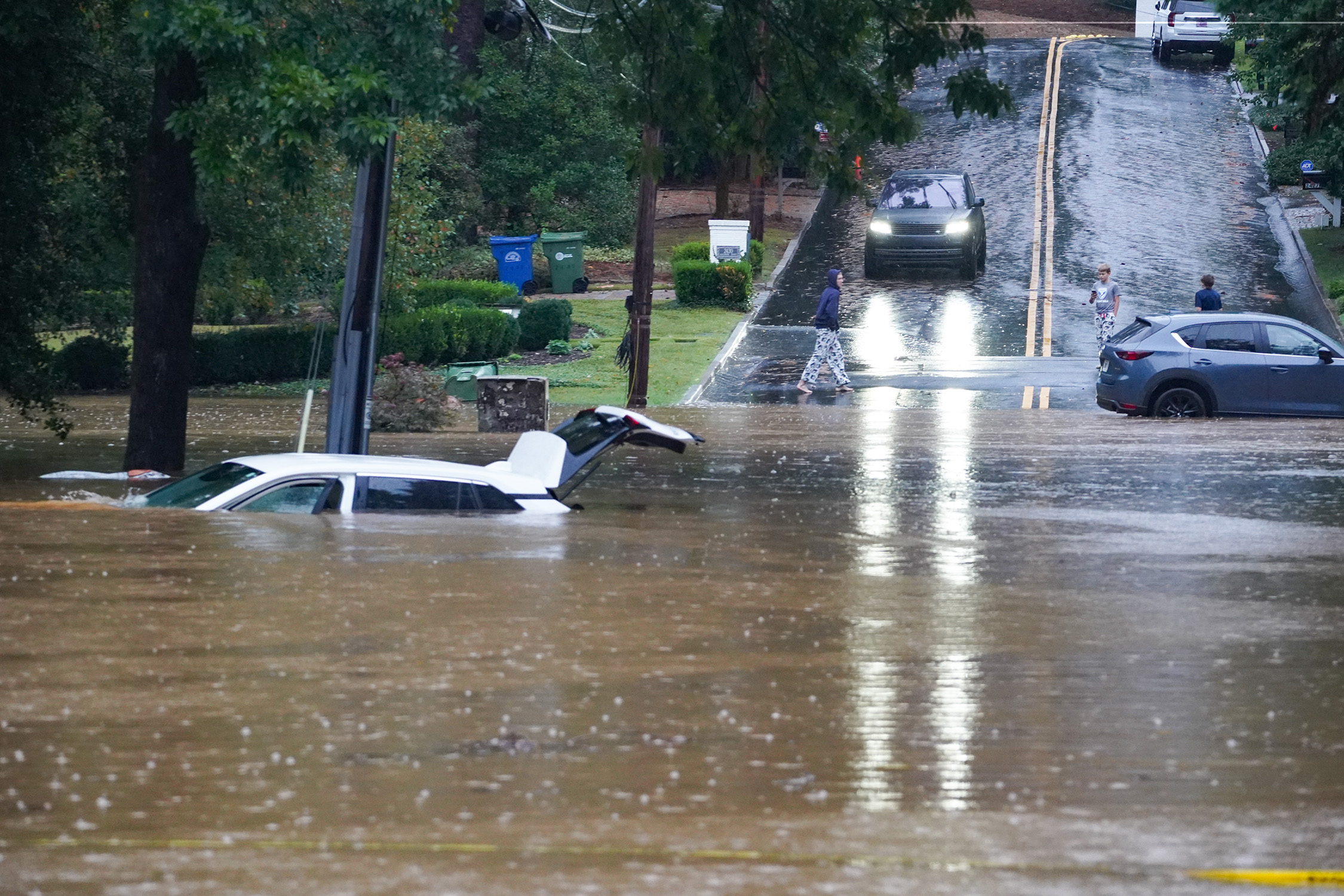
The heavy rain that hit much of the southeastern U.S. during Hurricane Helene is part of a bigger, long-term trend, according to recent research led by Texas A&M University Regents Professor of Atmospheric Sciences and Texas State Climatologist Dr. John Nielsen-Gammon.
The study, published in the Journal of Applied Meteorology and Climatology, also involved Savannah Jorgensen '22, a graduate student who completed her master’s degree in atmospheric sciences through the project. Their research was funded by the National Oceanic and Atmospheric Administration (NOAA) and the Harris County Flood Control District.
“The amount of rain to be expected on the wettest day of the century has increased by almost 20% from 1980 to 2020,” said Nielsen-Gammon, who also serves as director of the Southern Regional Climate Center. “We already know that climate change is causing heavier rainfall almost everywhere in the United States. We wanted to measure how much the risk of extreme rainfall has changed over time.”
The project focused on the southern and southeastern U.S., areas often hit hard by rain from tropical storms and hurricanes. Using statistical analysis, the researchers looked at how much of this increasing risk is linked to rising global temperatures.
“The 20% increase in rainfall intensity suggests that storms that used to occur once in a century are now likely to happen more than twice in that time frame,” he said. “This aligns with a European study that found the likelihood of a storm like Hurricane Harvey had tripled.”
Nielsen-Gammon explained that local rainfall trends vary depending on recent storm activity in different regions. Southeast Texas, for instance, has experienced a significant increase in rainfall due to Hurricane Harvey, while the Carolinas have seen similar trends after being hit by multiple storms. In contrast, some areas have not yet seen noticeable changes in their rainfall patterns.
He noted that local trends are often affected by the unpredictability of weather patterns. “When data is examined across a broader region, the impact of climate change becomes clearer, although there remains some uncertainty about the precise extent of its influence,” he said.
The study used data from the National Centers for Environmental Information in Asheville, North Carolina, which is part of the NOAA.
“The data is safe and secure, but we hope that the people who collected and maintain it, along with their families, are also safe,” Nielsen-Gammon said.

